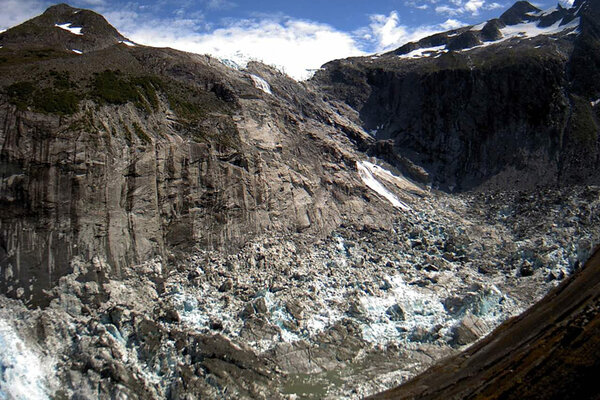A new study captures a snapshot of two decades of global interior ocean measurements, and the study demonstrates that the ocean’s role as a carbon sink and its ability to store anthropogenic carbon may be weakening.
A new article explains how to use climate data and projections to plan for climate change. The publication applies to any location, with examples specific to Nevada.
Cape Town, South Africa, was one of the world’s first major cities to nearly run out of water, in 2018. A new study examines how changes in the Agulhas Current may affect future South African rainfall.
July 2023 was the warmest July on record. Ocean surface temperatures were record warm for the fourth month in a row.
Scientists from NOAA, NASA and 21 universities from three countries are deploying state-of-the-art instruments in multiple, coordinated research campaigns to investigate how air pollution sources have shifted over recent decades.
A new study compared wind data alongside Sargassum Inundation Risk (SIR) maps against citizen science reports from the coasts of Florida, Gulf of Mexico, Bahamas, and Caribbean regions. The study found that including shoreward wind velocity greatly improves the agreement with coastal observations of Sargassum beaching compared to SIR indicators alone.
The chance that El Niño will continue through the winter is greater than 95%. What's behind the forecast? And what could El Niño mean for global temperatures?
Record-breaking heat waves hit the Southwest during July.

